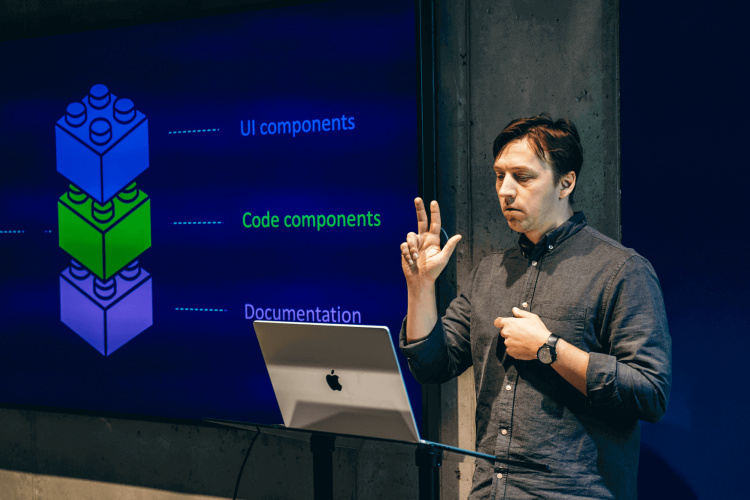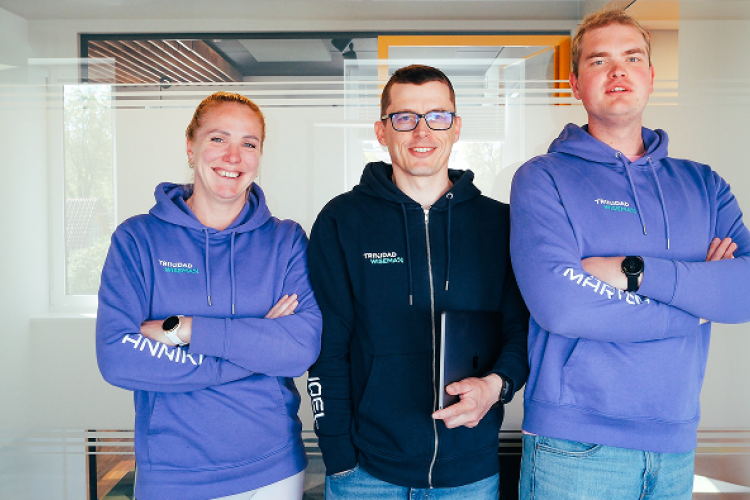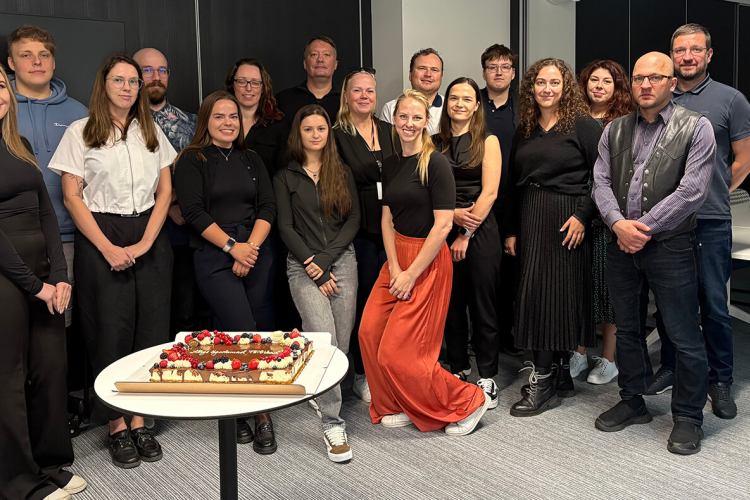Low-code and no-code tools: trends and use cases in 2025
Two years ago, we wrote an article on our blog about low-code and no-code platforms. Now, in 2025, it is time to see if the topic is still relevant, what has changed in the meantime, and what both companies and developers should take into account today.
Low-code and no-code platforms will have become a completely normal part of everyday software development by 2025. These solutions allow you to create applications that support business processes faster, cheaper, and more flexibly. However, before deploying, it is still worth doing your homework: whether, when, and how to apply these tools sensibly.
If you are considering using low-code or no-code solutions, we will help you choose the right platform, avoid the most common mistakes and ensure a functional end result. You can also contact us if you need classic software development – we will help you find the best approach according to your business needs and technical complexity. Contact us.
Low-code and no-code are growing rapidly
In 2023, Gartner, an international technology research company, predicted that by 2025, 70% of new applications will be created using low-code and no-code platforms. This forecast is coming true.
By 2025, these platforms will have become a daily tool for many development teams, especially when it comes to creating internal business applications, prototyping, and customer experience improvement solutions.
According to Gartner's forecast, the market for low-code development technologies will grow to $44.5 billion by 2026, which means an annual growth rate of about 19%. It is also expected that by then, at least 80% of users of low-code tools will be outside of traditional IT departments.
What can be created using low-code and no-code?
Today’s platforms are powerful enough to support far more than just simple form builders or data management tools. They now enable the creation of complex and intelligent applications, such as:
- Automated business processes that integrate various systems and data sources into a cohesive workflow;
- Scalable back-end solutions (e.g., Xano), allowing users to visually build secure, API-driven systems with auto-scaling databases;
- Natural language-driven user interfaces, where users can design and interact with applications using plain text commands (e.g., in Estonian or English);
- AI-enabled multi-agent systems, where multiple generative AI models and agents collaborate to solve complex tasks;
- LLM-based features (e.g., LLM4FaaS), empowering non-technical users to deploy large language model applications directly to the cloud — without writing code.
Is the line between no-code and low-code still clear?
In 2025, the line between no-code and low-code will become increasingly blurred. Several no-code tools now also offer the ability to add custom code (e.g., Webflow, Glide), while low-code platforms are becoming more and more user-friendly, offering AI support and visual development capabilities. Therefore, it is not always important whether the platform falls into the no-code or low-code category, but how well it fits the specific team and business need.
The role of artificial intelligence in platforms
AI is an essential part of modern low-code and no-code platforms. For example, Appsmith, Google Vertex AI, and UI Bakery offer the following capabilities:
- Code generation that supports natural languages. The user enters the command in Estonian or English and the tool generates the logic of the code or application based on it;
- Data structures. Based on the data entered in the panel or form, the appropriate structures and fields are automatically suggested;
- The use of RAG models (Retrieval-Augmented Generation), where the AI first searches for the necessary information from external data sources before compiling a response – and all this without complex programming.
Popular low-code and no-code platforms (2025)
If you are considering which tool to use, we recommend that you check out the following option:
- Appsmith – a powerful and open-source low-code platform;
- Xano – scalable back-end development without code;
- UI Bakery – suitable for creating internal tools and dashboards;
- Superblocks – focuses on security and business software;
- Creatio – a business-critical platform that has achieved "unicorn" status;
- Appian and Mendix – well-known solutions among large organizations.

Creating design and content pages: is Webflow still relevant?
In an article two years ago, we focused more on Webflow. If you need a visually strong, SEO-friendly, and manageable website, Webflow is still one of the best choices in 2025, especially if you need:
- Marketing team autonomy – the ability to make quick changes without developers, supporting SEO and visual components;
- MVP landing pages for startups – Webflow allows you to launch prototypes quickly, gather user feedback, and iteratively improve;
- Content creation projects such as blogs and references – built-in CMS, SEO tools, hosting, and good collaboration options make content management easy.
Security and reliability
The security of low-code and no-code platforms has been criticized in the past, but by 2025, the situation will have improved significantly:
- ISO 27001 certifications have become commonplace, for example, Betty Blocks has been audited and, despite the new SOC 2 certification, ISO 27001 ensures confidentiality, integrity and availability;
- Strong cloud platform integrations (e.g. AWS, Azure) provide the basis for creating secure and easily scalable infrastructures;
- Role-based access (RBAC) and audit logs are standard features even for those without developer skills – they help IT teams ensure visibility and compliance.
When is it worth using low-code and no-code approaches?
These tools are especially suitable for the following situations:
- Rapid prototyping – for example, creating test versions of the user interface to collect customer feedback;
- Digitization of internal processes – for example, expense management based on Excel or e-mail can be achieved with automated workflows with the help of a simple web application;
- Pilot projects and MVPs – testing a new service on a smaller scale before full-scale development reduces risk and speeds up time to market;
- Onboarding business analysts and non-technical professionals – allowing them to create their own reports or workflows without the need for a developer.
However, if the project requires functionality, high performance, or strong customization, traditional software development may still be a more appropriate option – it offers better control, flexibility, and scalability.
Conclude
Gartner's 2023 predictions for low-code and no-code technologies have largely been fulfilled by 2025, confirming the important role these technologies play in modern software development.
These solutions remain highly relevant and enables oganizations to accelerate innovation, engage a boarder range of specialists and address business with greater flexibly. However, as with any technology, the successful adoption of low-code and no-code requires strategic planning and well-informed decision-making.







